Chargers are essential tools for powering our devices, but one common concern many users face is discovering their chargers getting hot during or after use. A warm charger is generally acceptable, but excessive heat can indicate an underlying issue. In this comprehensive guide, we explore the reasons why chargers heat up, the potential risks involved, and the best practices for preventing overheating to ensure safety and optimal device performance.

Understanding Charger Heat: Is It Normal?
When a charger warms up during use, it's often a natural consequence of its electrical function. However, the key question is whether the heat is within acceptable limits. A charger may warm up due to the energy conversion process, as electrical energy is transformed into power that charges the device. However, when a charger becomes uncomfortably hot, it is usually a sign of an issue that requires attention. Excessive heat can degrade the charger’s internal components and compromise the safety of both the device and the user.
Risks Associated with Overheating Chargers
Overheating chargers pose significant risks, which extend beyond discomfort. The consequences of a charger becoming too hot include the following:
1. Potential for Fire Hazards
One of the most concerning risks of an overheated charger is the possibility of a fire. When chargers overheat, internal components such as capacitors or resistors may fail, leading to electrical short circuits. If this occurs while the charger is placed on combustible surfaces like a mattress, a paper pile, or carpeting, the risk of ignition becomes substantially higher.
2. Damage to the Device
Excessive heat can affect the charging process itself, causing an unstable power supply to the device. This can result in battery damage or the failure of internal circuitry. In some cases, prolonged overheating could drastically reduce the lifespan of the device and necessitate costly repairs or complete replacement.
3. Electrical Malfunctions and Short Circuits
Overheating often leads to electrical malfunctions, including short circuits. These disruptions can cause a cascade of issues throughout a home or workspace, including tripped circuit breakers or even electrical shocks. The more devices connected to the same power source, the greater the risk of these cascading electrical issues.
4. Physical Injury from Burns
When chargers get excessively hot, there’s also the risk of burns from direct contact. Handling a hot charger can cause physical harm, especially if the device is in prolonged use or if the user is unaware of its heating state.

Why Do Chargers Get Hot? Common Causes
Several factors contribute to chargers getting too hot. Understanding these causes is the first step in preventing overheating and ensuring safe charging practices.
1. High Power Demand
Devices with larger batteries or high-performance requirements, such as laptops or gaming consoles, often require more power to charge effectively. If the charger is working at its maximum capacity for an extended period, it naturally produces more heat. In such cases, using the charger while performing power-intensive activities, such as video streaming or gaming, exacerbates the heat buildup.
2. Incompatible or Low-Quality Chargers
Using an incorrect or substandard charger is a major cause of overheating. Low-quality or counterfeit chargers may lack the proper safety features, such as voltage regulation or thermal protection, resulting in excessive heat. An incompatible charger that doesn't match the device's power requirements can lead to overheating by forcing the charger to supply more current than it is designed to handle.
3. Damaged or Worn-Out Cables and Connectors
Over time, charging cables and connectors can suffer wear and tear, leading to frayed wires, loose connections, or poor electrical contact. These issues increase electrical resistance, generating excess heat. Not only does this put the charger at risk of overheating, but it can also damage the device being charged.
4. Inadequate Ventilation
A charger needs ample airflow to dissipate the heat generated during its operation. When placed on soft surfaces, such as beds, cushions, or carpets, the charger may become surrounded by insulating materials that trap heat, preventing it from cooling down properly. This restricted airflow is one of the leading causes of overheating.
5. External Temperature Conditions
Charging in hot environments further exacerbates overheating. High ambient temperatures can increase the heat that a charger produces, especially if the device is exposed to direct sunlight or placed in a warm room. Such external conditions can make it difficult for the charger to maintain a safe operating temperature.
6. Internal Component Failure
As chargers age, internal components such as transformers, capacitors, or resistors may degrade, leading to inefficient power conversion and heat dissipation. Faulty components can cause a charger to overheat even under normal usage conditions, and replacing these internal parts may be the only way to resolve the issue.

Practical Solutions: How to Prevent Charger Overheating
To avoid the risks associated with overheating chargers, there are several preventative steps you can take. These solutions can help you maintain the safety and longevity of your chargers while ensuring optimal performance.
1. Use the Right Charger
Always use the original charger that came with your device, or a certified third-party charger that meets the necessary safety standards. Certified chargers, such as those marked with UL (Underwriters Laboratories), CE (Conformité Européenne), or FCC (Federal Communications Commission) certifications, are tested for safety and performance, minimizing the risk of overheating.
2. Monitor the Charger’s Output Specifications
Pay attention to the output specifications of your charger, typically listed in watts (W), volts (V), and amperes (A). Using a charger with a higher output than necessary may result in faster charging, but only if your device is designed to handle that level of power. Conversely, using a charger with too low an output can lead to overexertion, causing the charger to overheat.
3. Ensure Proper Ventilation
When using your charger, place it on a flat, hard surface to allow for adequate airflow. Avoid charging devices on soft materials that trap heat, such as beds, couches, or pillows. Keeping the charger exposed to cooler air will facilitate heat dissipation and prevent overheating.
4. Regularly Inspect Cables and Connectors
Inspect your charging cables and connectors regularly for signs of wear or damage. If any cables are frayed or connectors are loose, replace them immediately to prevent increased electrical resistance, which can lead to overheating. Maintaining a secure, stable connection is crucial for safe charging.
5. Limit Power-Intensive Activities During Charging
If you're using your device for resource-heavy tasks, such as gaming or video editing, it's advisable to limit such activities while charging. Excessive power demand during charging can overwork the charger, increasing the likelihood of overheating. Use your device for less intensive tasks during charging to minimize heat generation.
6. Unplug When Not in Use
Even when not actively charging a device, many chargers continue to draw a small current, which contributes to heat buildup over time. Unplugging your charger when it's not in use helps prevent unnecessary heat generation and conserves energy.
7. Charge in a Cool Environment
To minimize the impact of ambient temperature, charge your devices in a cool, dry area. Avoid charging in direct sunlight or in overheated rooms, as this can exacerbate the risk of overheating. A cool environment ensures that the charger can operate efficiently without excessive heat buildup.

Conclusion: Keeping Your Charger Safe and Efficient
In summary, while it is normal for chargers to get warm during use, excessive heat is a cause for concern. Understanding the underlying causes of charger overheating—such as power demand, incompatible chargers, and poor ventilation—can help you take proactive steps to mitigate these risks. By using the right charger, ensuring proper ventilation, and maintaining your equipment, you can prolong the lifespan of your charger and protect your devices from potential damage.
FAQs
1.Is it normal for chargers to get hot?
Yes, it’s normal for chargers to warm up during use, especially when charging high-power devices. However, if a charger becomes excessively hot or starts to show signs of damage, it’s important to stop using it and investigate the issue.
2.Can an overheated charger cause a fire?
Yes, an overheated charger can potentially cause a fire. Prolonged heat exposure or faulty components may lead to sparks or short circuits, increasing the risk of ignition. Always use chargers that are in good condition and avoid placing them on flammable surfaces.
3.Can an overheated charger damage my device?
Yes, excessive heat can damage your device. It can degrade the battery, shorten the lifespan of internal components, and lead to power instability. Always use a compatible, certified charger to avoid such risks.
4.Is it safe to use third-party chargers?
Yes, third-party chargers can be safe, provided they are from reputable manufacturers and meet safety standards. Avoid using cheap, unbranded chargers, as they may lack the necessary safety features to prevent overheating.
Ensuring the safety and longevity of your charger is crucial for optimal device performance. If you're looking for reliable, high-quality chargers that meet safety standards, we recommend checking out Pisen's range of chargers. We specialize in providing efficient and safe charging solutions to keep your devices powered up quickly and securely.
Explore our charger collection here: Pisen Chargers.
Related reading:


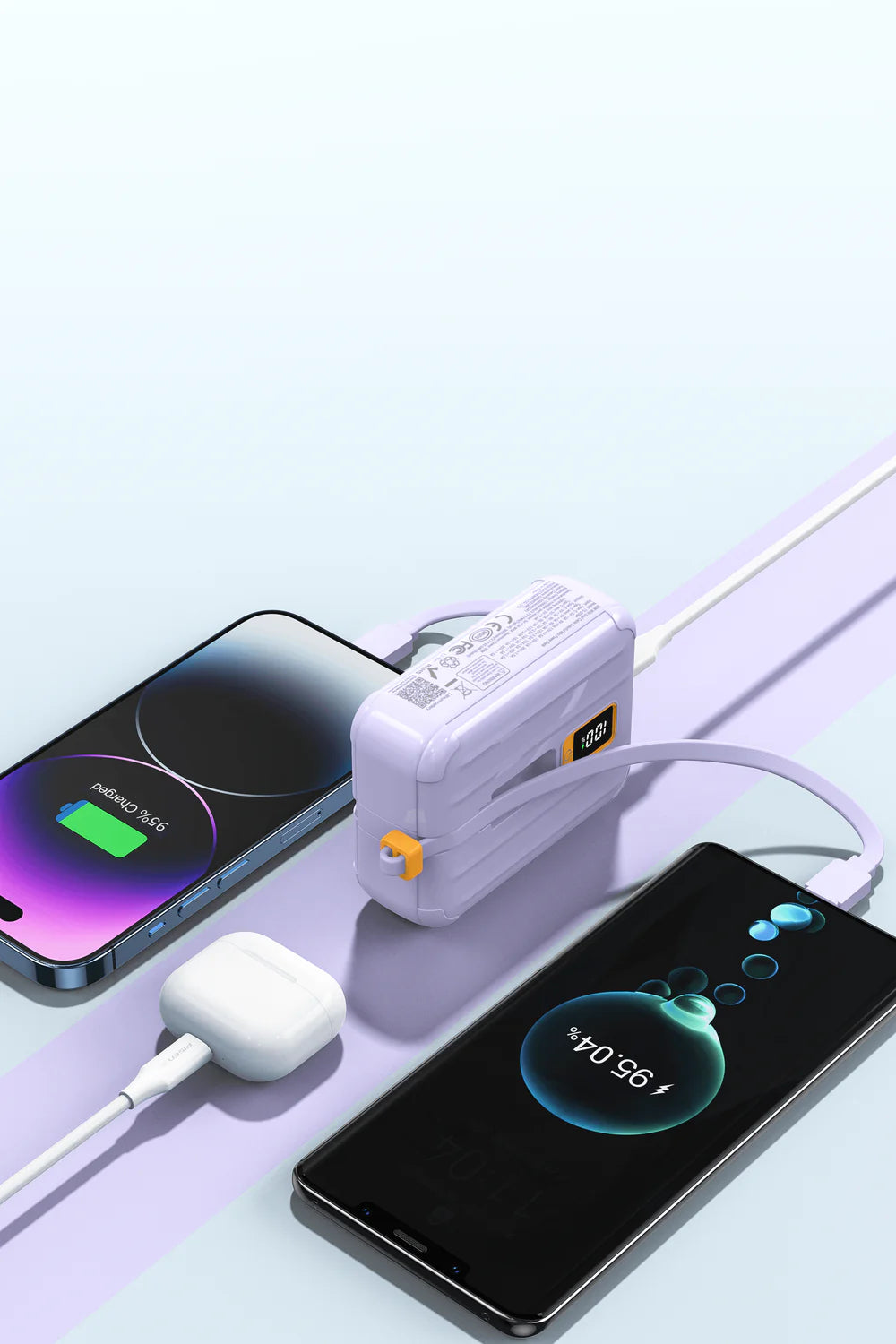
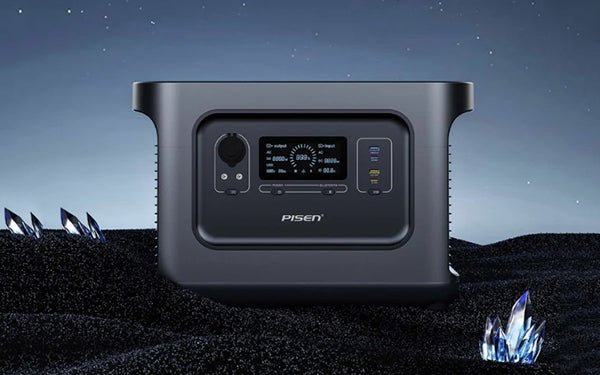
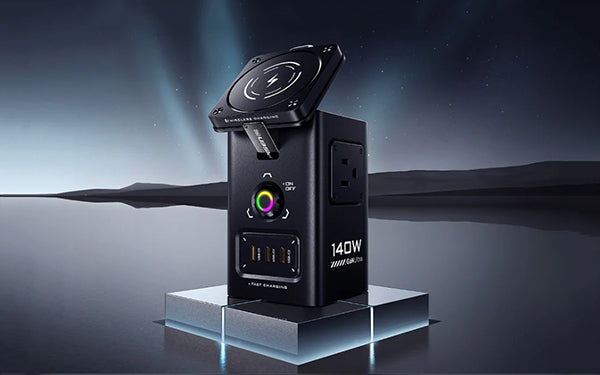
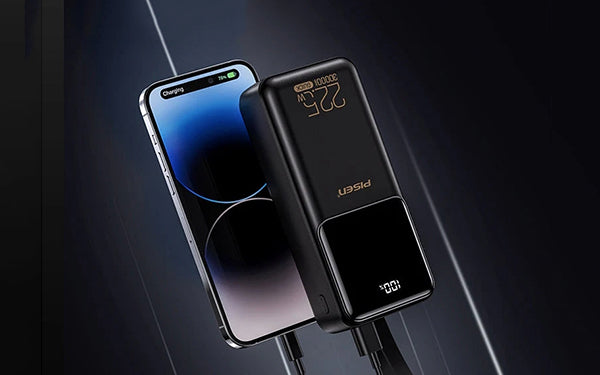




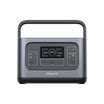
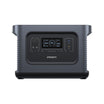

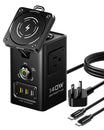










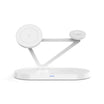


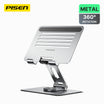
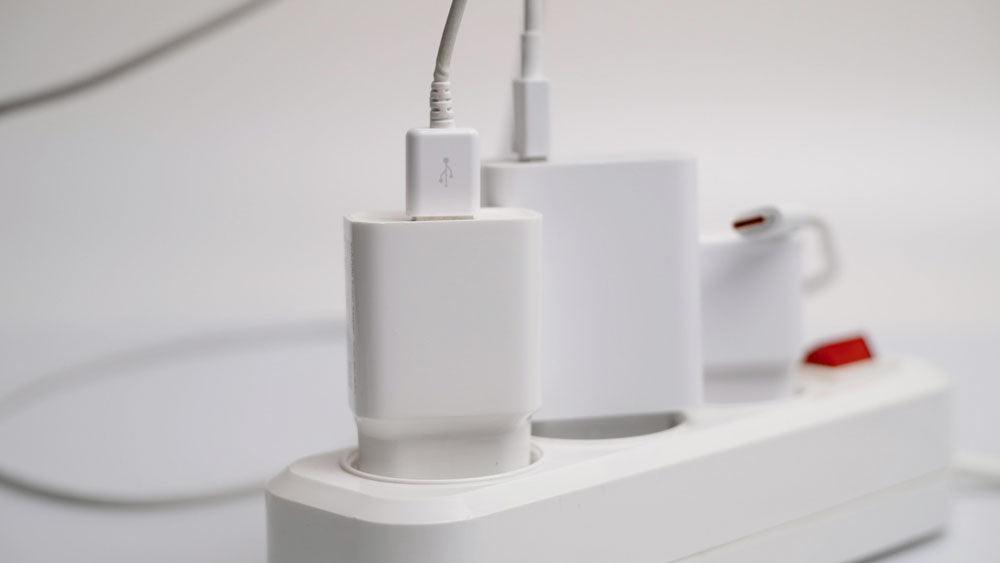
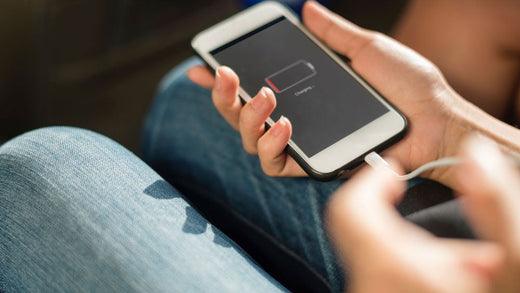
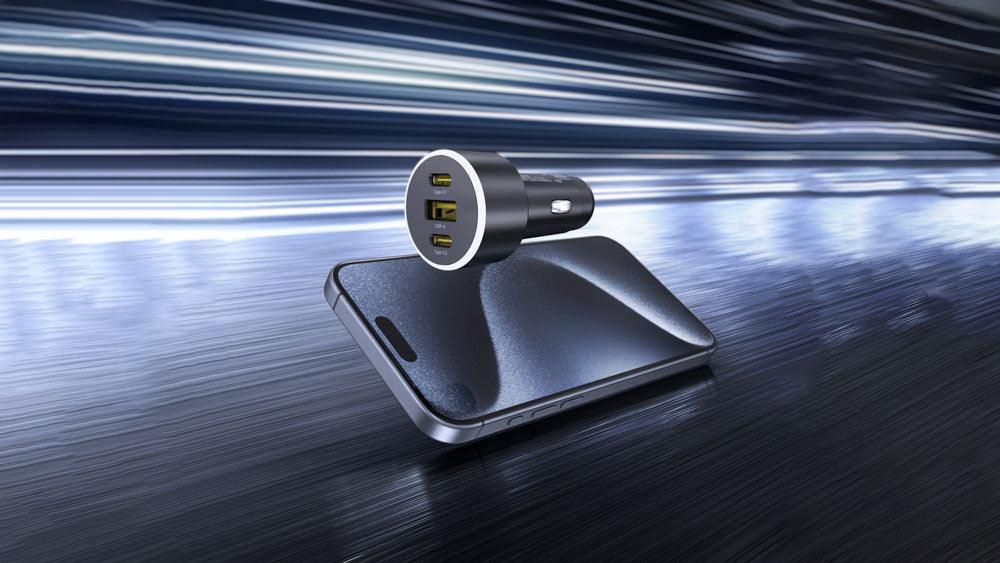
Leave a comment
This site is protected by hCaptcha and the hCaptcha Privacy Policy and Terms of Service apply.